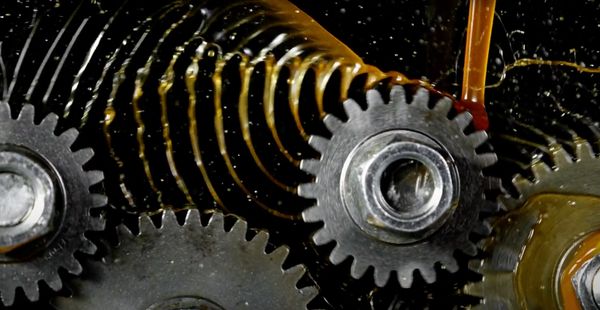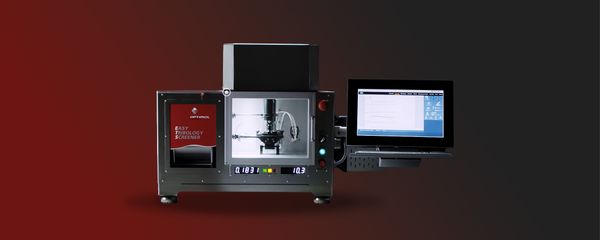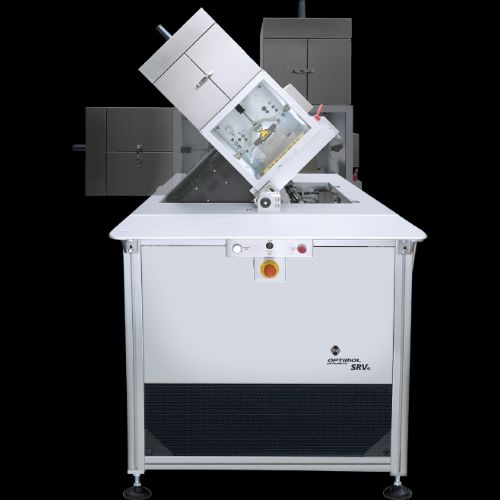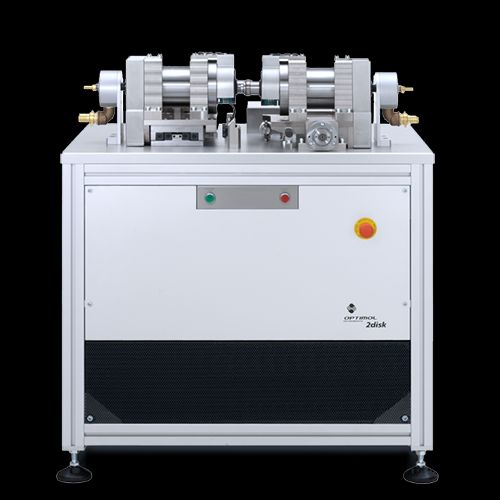
Lubricants Optimol tribometers: leading in lubricants research and development for more than 50 years
Our tribological solutions make it possible to save time and money in the development and quality assurance of lubricants and additives
Lubricants are used in an enormous variety of applications. Whether we are talking about drive chains or machining technologies, lubricants whose properties are perfectly suitable for the respective field of application can be found everywhere. And this is exactly where our tribological solutions come into play. Optimol Instruments offers a wide range of functional, application-oriented laboratory tests that help predict the lubricants' performance capability in the field. From classic standardised tests for quantifying friction, wear and scuffing resistance to dynamic testing cycles with special test specimens, we offer more than 30 standardised test scenarios for lubricants. As it is only the most promising product candidate that will finally be sent to the component test bench or subjected to field testing for approval, it is possible to save valuable time and costs when it comes to the pre-selection of product formulations and quality assurance.
However, this does not apply exclusively to pre-formulated lubricants, but also to their additives which either promote or suppress certain properties.
Categories
Additives
- Scuffing resistance of extreme pressure additives (EP additives)
- Protective effects of antiwear additives (AW additives)
- Influence of friction modifiers on the frictional behaviour
- Functional compatibility of additives and base oils
- Determining the ideal concentration ratio of additives
- Temperature limits for the range of applications of additive packages
- Compatibility of additives with materials
- Functional effects of tribochemical reactions
- Estimating the duration of efficacy of additives
- Reduction of fatigue damages
- Influence of additives on the traction behaviour
Relevant standards and specifications
ISO 19291 / DIN 51834-2 / DIN 51834-3 / DIN 51834-4 / DIN 51834-7 / ASTM D5706 / ASTM D5707 / ASTM D6425 / ASTM D7421 / ASTM D7594 / ASTM D8316 / ASTM D8227 / ASTM WK71194
Lubricants
- Energy savings and CO2 reduction as a result of reduced friction
- Increased load limits with regard to scuffing resistance (EP properties) and temperature stability (application limits)
- Pre-screening of bench and field tests
- Increasing the duration of use and lifespan of lubricants
- Electrical properties of fluids and pastes
- Functional condition monitoring of lubricants and operating fluids
- Friction, wear and extreme pressure properties of hydraulic fluids
- Scuffing resistance and load capacity of transmission fluids
- Critical scuffing temperature of motor oils
- Flow rate and temperature-dependent scuffing resistance of motor oils
- Avoidance of fretting damages through the use of lubricating greases
- Friction and wear behaviour of fluids used in forming technology
- Friction, wear and temperature behaviour of cooling lubricants
- Wear protection and friction reduction of cutting oils
- Rolling friction and rolling contact wear of greases used in rolling bearings
- Dynamic lubricant compatibility of elastomers
- Stick-slip behaviour of brake fluids in elastomer-steel contacts
- Pre-selection of transmission oils (synchroniser ring pre-screening)
- Traction properties of transmission fluids
- Protective effect of transmission fluids to avoid material fatigue
Relevant standards and specifications
ISO 19291 / DIN 51834-2 / DIN 51834-3 / DIN 51834-4 / DIN 51834-7 / ASTM D5706 / ASTM D5707 / ASTM D6425 / ASTM D7421 / ASTM D7594 / ASTM D8316 / ASTM D8227 / ASTM WK71194 / NLGI HPM-Greases / Q/SY 1495-2012 / SAE AMS3058
/ NLGI HPM-Greases / Q/SY 1495-2012 / SAE AMS3058
Tribometers / Equipment Options
- Oscillation standard appliance
- A-POS: fully automated standard tests
- Rotation unit
- Tilting mechanism
- Fluid pump
- -45°C low temperature unit
- Option for measuring the electrical resistance
- Online wear measurement
- High Resolution Signal Analysis (Software)
- Advanced Tribodata (Software)
- Triboprofiling (Software)
- Fluid pump
- -10°C low temperature unit
- Option for measuring the electrical resistance
- Online wear measurement




